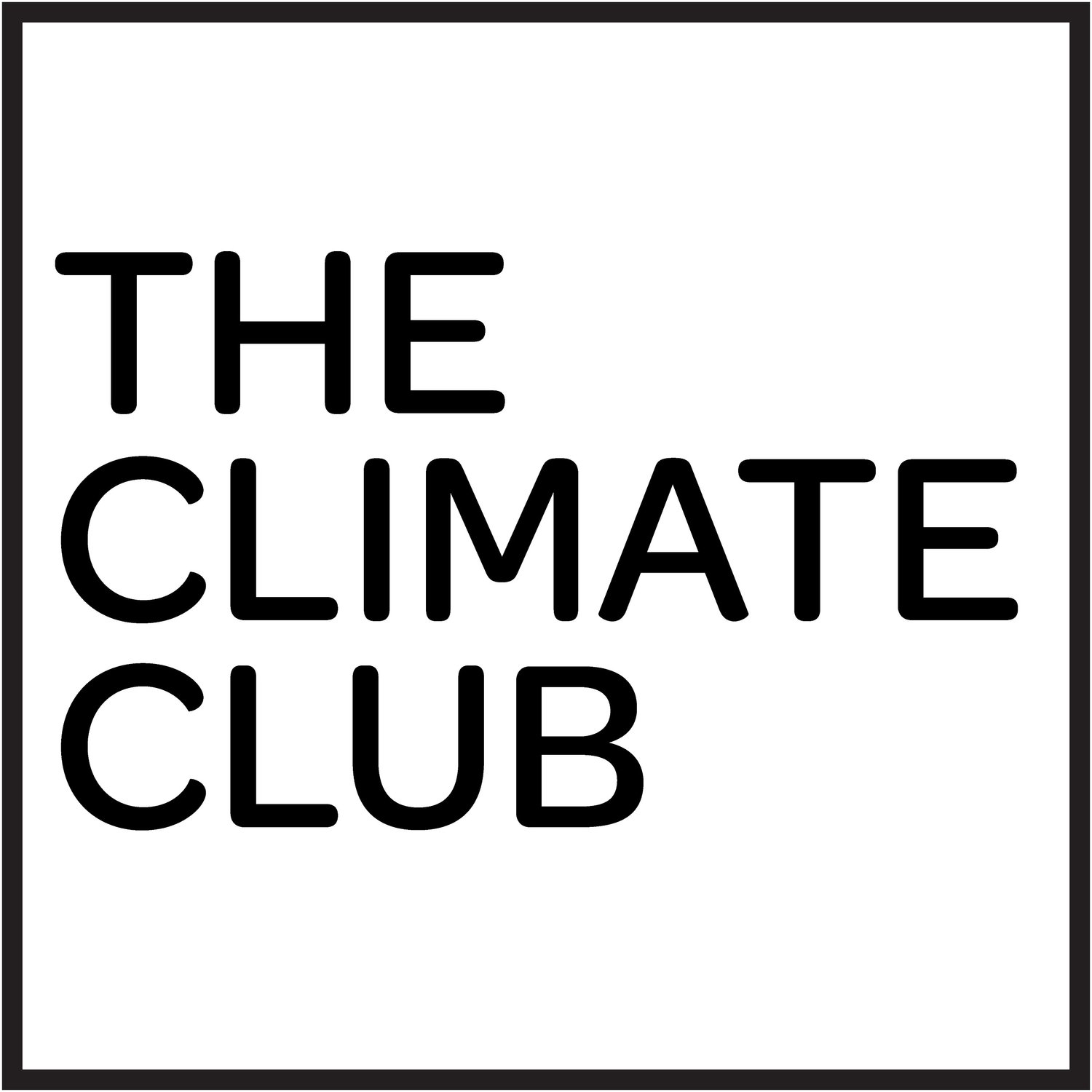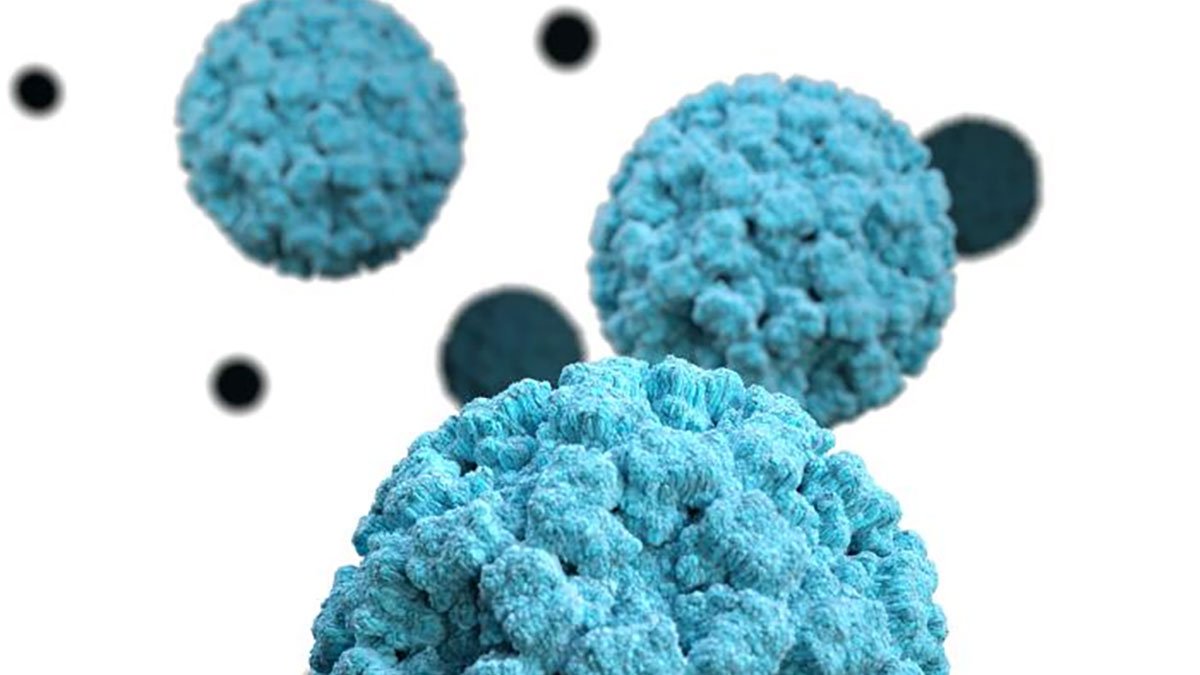One With Nature: Why Intergenerational Trauma Is Important to Address With Climate Change
The climate crisis is a child’s rights issue. Within this intergenerational reality is where the well-being of future generations depends upon what actions we make today. As global warming and climate change worsen, so do numerous extreme events, such as heat waves, mudslides, droughts, wildfires, and flooding. So much pressure is put onto the youth as they are being born into these already existing troubles. But is this simply pressure to change the world, or is it something deeper?
The Systemic Issue of Environmental Racism
In 2020, a study by former EPA officials found that 13 oil refineries across the country released elevated levels of another kind of pollution, Benzene, into mostly minority neighborhoods. 57% of the people living within three miles of the refineries were people of color.
A Look at the Pros & Cons of Electric Vehicles
Electric vehicles (EVs) are seen as a crucial measure in mitigating climate change due to the road transportation sector being responsible for 15% of energy-related emissions globally. The market for electric vehicles is in fact booming. In 2022, EVs made up 14% of all new car sales, compared to just 5% in 2020.
The Difference Between Clean and Renewable Energy Generation
How can we ensure that the resources we rely on for energy generation will remain available for use in the future? How can we meet energy demand without emitting greenhouse gases and contributing to climate change? Although sustainability and climate change are often discussed together, certain methods of energy generation can emit zero greenhouse gases yet be unsustainable, and vice versa.
In the case of Held v. Montana Youth Climate Activists Are Taking Control of Their Future
In Held v. Montana, 16 young people, all of whom were 18 or younger at the time of the court filing, have sued the state in what is considered the country’s first youth-led climate-change related case to make it to trial.
The Norovirus Spikes Across the United States
Concerns over spiking norovirus cases have alerted public health authorities across a multitude of sectors, from the cruise ship industry to popular grocery chains. What is the norovirus, and why is there a recent increase in cases?
Microplastic Releases
Recent research by the National Institute of Standards and Technology (NIST) indicates that plastic polymer products, when exposed to hot water, release trillions of nanoparticles per liter into their surroundings.
The Worst Air Pollution the US and Canada has Seen in Recent History: What We Can Gain from the Canadian Wildfires
On Tuesday, June 6th, nearly one third of the entire population of the United States - 100 million people - witnessed the sky turn a hazy yellow. Phones lit up with what seemed like dozens of nonstop alerts about air quality updates, and people were advised to keep their windows closed and remain indoors. Many had no option but to wear masks again, after almost a year of having no mask mandate.
The Current Stance: Introducing Climate Change Studies into Elementary School Curricula
With the importance of climate change action becoming more prevalent, it is especially crucial for young children to get a taste of what they have to work with for the future of our planet. This can be done through the implementation of climate change studies in school curricula on a national level. Not only is climate change knowledge a tool for promoting education in younger children, but it helps to raise a generation of aware, proactive leaders.
Climate Education: Building a Better Future
Understanding climate change is crucial for protecting public health, making it essential to improve climate knowledge in schools and universities worldwide. Accessible learning opportunities should be provided in diverse locations to reach underserved communities.










